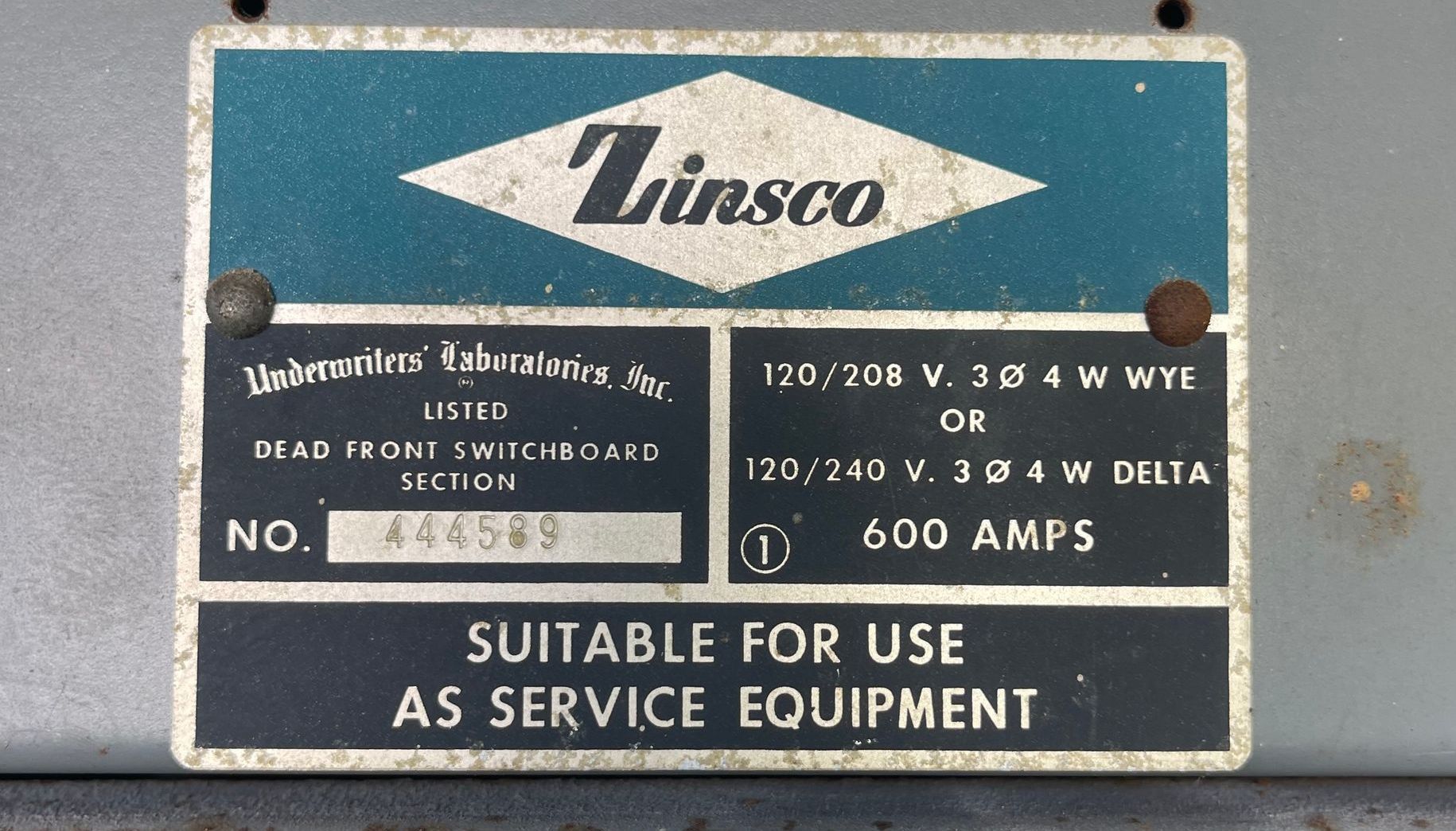
Posted: Sep 22, 2024 | By: Elias Vela
The History of Zinsco Breaker Panels: A Cautionary Tale in Electrical Safety
Zinsco breaker panels have become somewhat infamous in the electrical world, often discussed more for their faults than their innovations. Yet, understanding their history offers valuable insights into the evolution of electrical safety standards and the importance of rigorous product testing and certification. In this blog, we’ll explore the rise, fall, and legacy of Zinsco breaker panels.
The Birth of Zinsco Panels
The Zinsco Electric Company was founded by Emile Zinsmeyer in 1943, during a time of rapid industrial expansion in the United States. The company initially enjoyed success, riding the post-World War II housing boom. Zinsco breaker panels were widely installed in homes and businesses throughout the 1950s to the 1970s, becoming a common fixture in many electrical systems.
Zinsco panels were appreciated for their streamlined design and ease of use. The breakers could be easily snapped into place, which was a significant selling point for contractors and electricians of that era. However, as time would tell, the simplicity in design came at a significant cost.
Design Flaws and Safety Concerns
The primary issue with Zinsco breaker panels lies in their aluminum bus bars and the way the breakers connect to them. Aluminum is more prone to corrosion and oxidation than copper, especially in the presence of moisture. Over time, the connection between the breakers and the bus bars can deteriorate, leading to electrical arcing, overheating, and in some cases, fires.
One of the most significant concerns is that Zinsco breakers may fail to trip in the event of an overload or short circuit. This failure negates the primary safety function of a breaker panel, which is to protect the electrical system and prevent fires. In a Zinsco panel, instead of tripping, the breaker might remain stuck in the “on” position, allowing dangerous levels of electricity to flow through the wiring unchecked.
The Decline of Zinsco
By the 1970s, issues with Zinsco panels began to surface more frequently. Reports of electrical fires and other safety hazards became more common, leading to a growing concern within the industry. As newer, safer technologies became available, Zinsco’s market share started to decline.
Eventually, Zinsco was acquired by Sylvania, which continued to produce the panels under the Sylvania-Zinsco brand for a short period. However, the mounting evidence of safety issues could not be ignored, and production was eventually discontinued in the mid-1980s.
Zinsco Panels Today: A Liability for Homeowners
Despite being out of production for decades, Zinsco panels are still found in many older homes. For homeowners and real estate professionals, discovering a Zinsco panel can be a red flag. Many electricians strongly recommend replacing your Zinsco electrical panel due to the significant fire risk they pose.
For those in the business of electrical upgrades or inspections, Zinsco panels represent both a challenge and an opportunity. Identifying and replacing these outdated panels can prevent potential disasters and provide peace of mind for homeowners. Moreover, the history of Zinsco serves as a powerful reminder of the importance of ongoing product testing and the adoption of modern safety standards.
Zinsco Panel FAQs
If you’re concerned about the safety of your electrical panel, you’re not alone. Zinsco panels were once a popular choice, but today they are widely regarded as outdated and potentially hazardous. Below, we answer some of the most common questions about Zinsco panels to help you better understand your system.
When were Zinsco panels installed?
Zinsco electrical panels were commonly installed in homes and buildings from the 1950s through the late 1970s. They were widely used across the United States during this period, especially in residential construction.
When did Zinsco go out of business?
Zinsco was acquired by Sylvania in the late 1970s, and by the early 1980s, production of Zinsco-branded panels ceased altogether. However, many homes still have these older panels installed today.
How can I tell if I have a Zinsco panel?
You can typically identify a Zinsco panel by opening the panel door and looking for the Zinsco or Sylvania-Zinsco brand name on the label or breaker handles. Zinsco breakers often have distinct, brightly colored toggle switches (such as red, green, or blue) and a unique thin, vertical breaker design. If you are unsure, a licensed electrician can inspect your panel to confirm.
Concerned About Your Zinsco Panel?
If you believe you may have a Zinsco panel, don’t wait to have it inspected. These panels are known to have safety risks, including breaker failure and fire hazards. Contact us today to schedule a professional inspection and discuss safe, code-compliant replacement options. Your peace of mind starts with a simple call.
